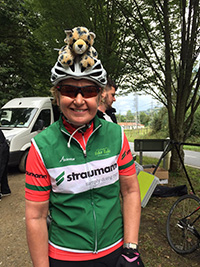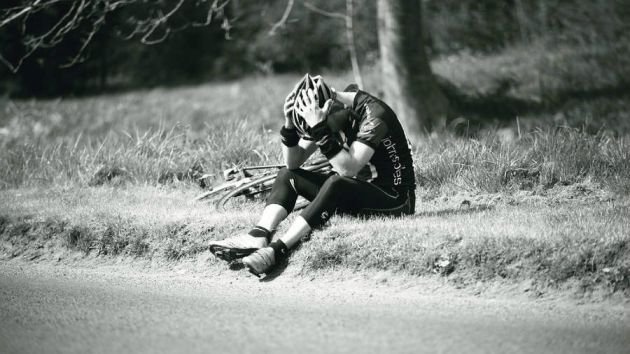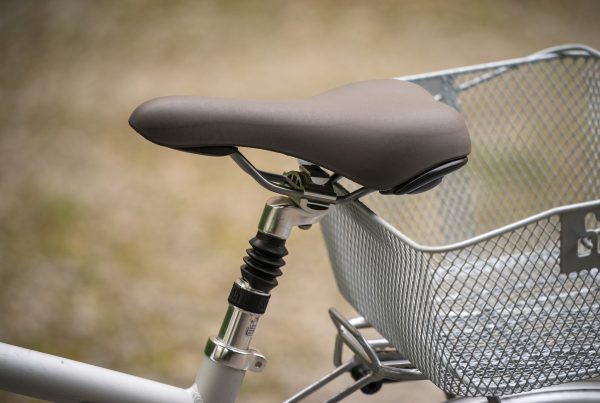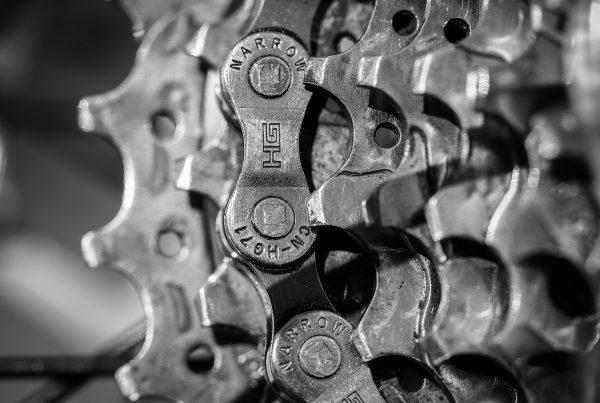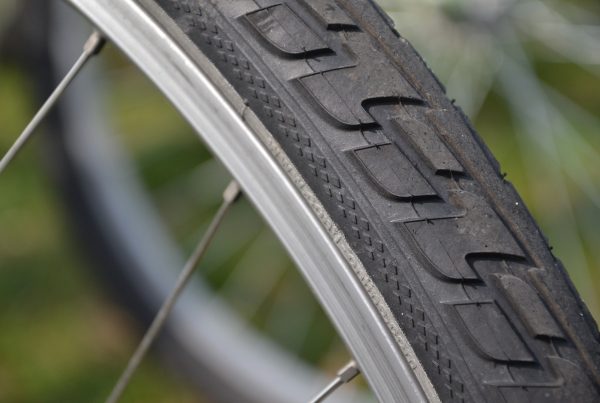This title might sound a bit defeatist but in truth it’s a reality…
I am a reluctant cyclist! Why do I say this? Well once I’m out on my bike I love it and I love the challenge of a hill, but to get me out takes a lot of coaxing with my mind. I took up cycling in 2013 for the first Straumann Charity Bike Ride and although I soon realised I hadn’t done enough training, I made the 635 miles with lots of support, a bit of pushing and a few tears along the way… When I finished a swore I would never do it again and in fact I skipped year two. But when the third ride came a long in 2016 my memory played tricks with me (a bit like childbirth!) and I decided to give it another go.
This time around training was my focus and I started early and was doing 85 plus mile rides by May. But then disaster struck when I had a severe ‘bonk’ and ended up riding in to the back of a car and smashing up both myself and my bike!
Bonking is serious business for road cyclists
Bonking happens when your body and mind run out of energy and is a bit like a car running out of fuel. Your body stores carbohydrate as glycogen in the muscles or glucose in the bloodstream to use as fuel during exercise. When you bonk, your blood sugar levels are low and you’ve used up most of your muscle glycogen. You’ll feel lethargic, lacking energy, sleepy, slightly confused with jelly legs, reduced power and a higher heart rate. It may be difficult to talk and you may feel quite emotional.
When bonking happens – take action
When you start to feel ‘bonked’ you need to get your blood sugar levels up quickly, so it’s important to eat something with carbohydrate that’s quick and easy to digest. For example, an energy gel, dried fruit or some sweets. Follow this up with an energy bar or something more substantial to keep you going longer.
The biggest risk with bonking is the possibility of crashing or injury when feeling light-headedness, dizzy or confused as I did, and believe me it’s not a great look to have half your face the size of a pumpkin and all bruised. Getting some carbohydrate into your system quickly and getting your blood sugar levels up to normal will help improve concentration to keep you safe on the road.
Avoid bonking
Prevention is always better than cure! Eating carbohydrates in the form of foods or drinks during your ride will help keep blood sugar levels up and maintain glycogen stores. Exactly how much you need will depend on how long or how hard you are riding, as well as how trained you are. For rides over 60 minutes aim for 30-60g of carbohydrates per hour. Make a note to start eating early and often, every 20 or 30 minutes rather than forgetting to eat or drink until it’s too late!
Once my bruises had gone down I bought a lovely new bike, learnt to eat and drink on my bike and trained like mad for the charity ride in 2016 and I’m now in training for the 2018 ride across Italy!
